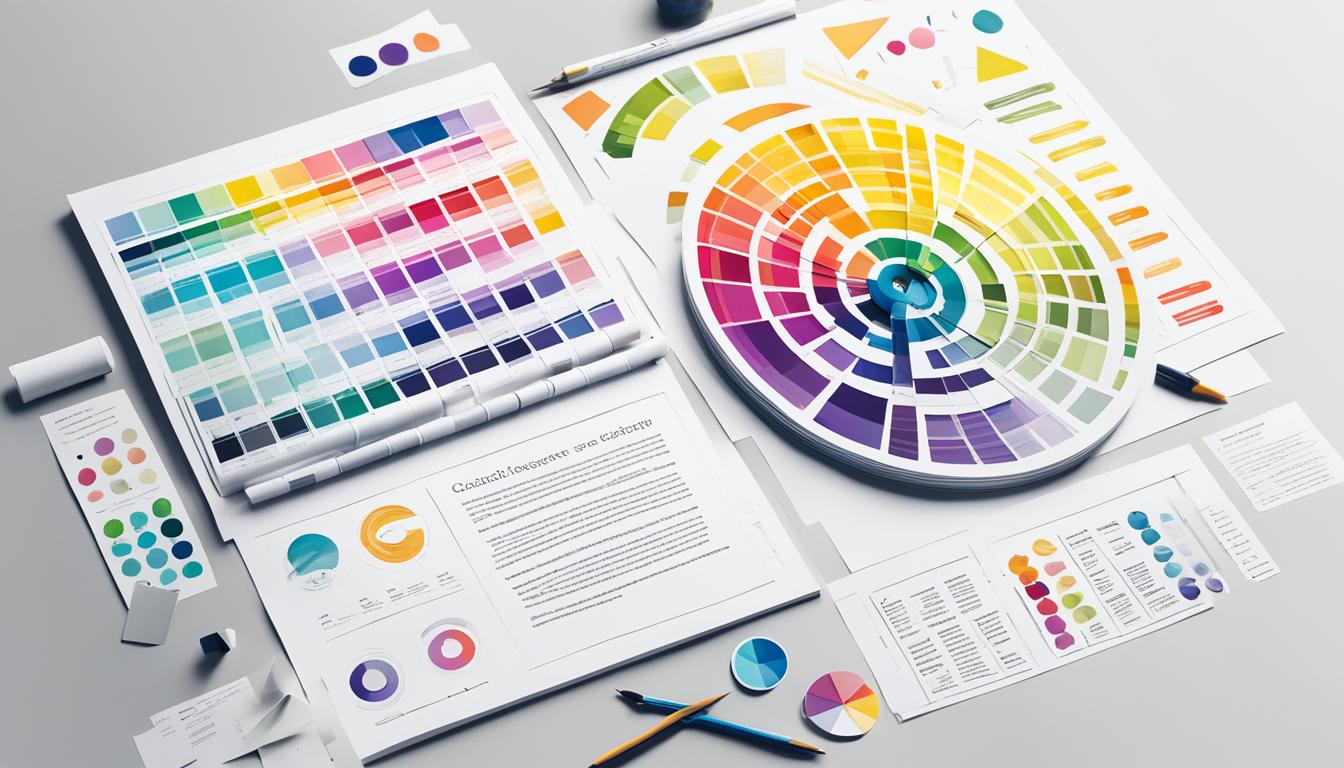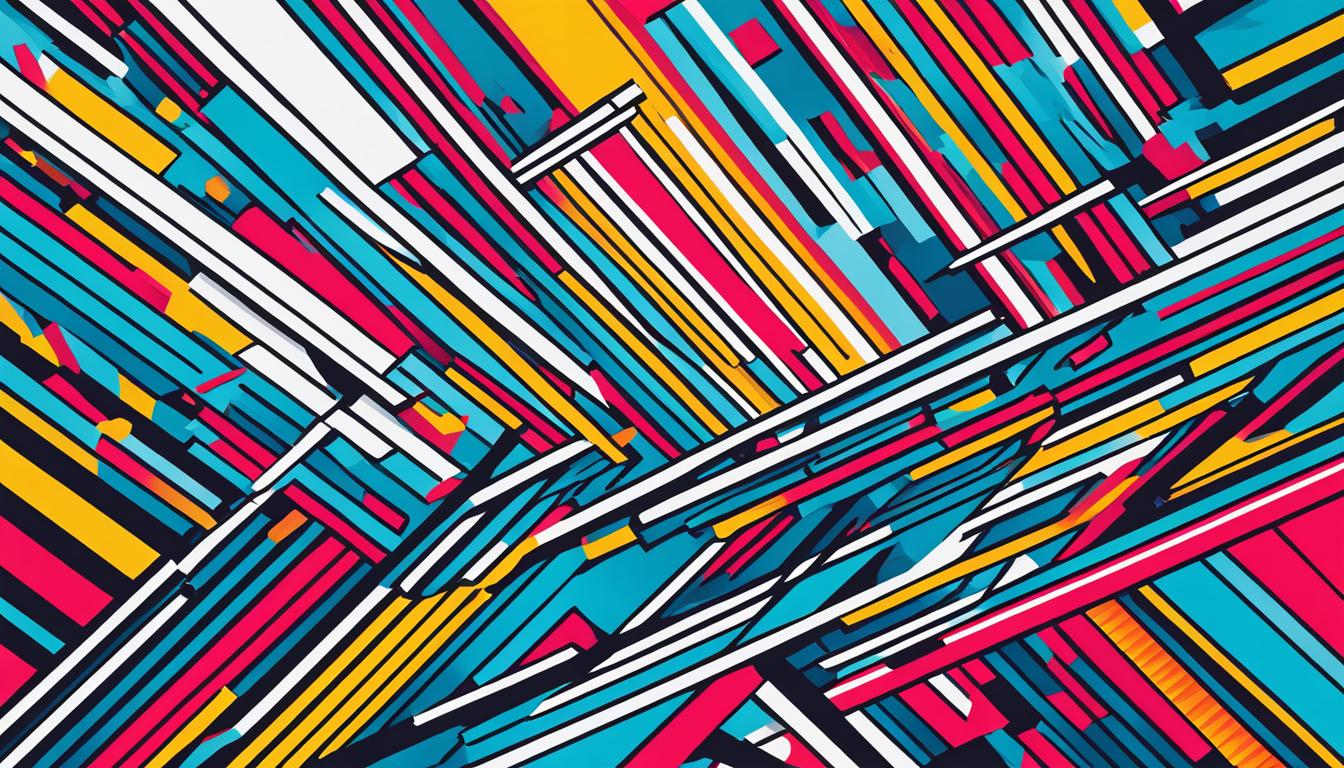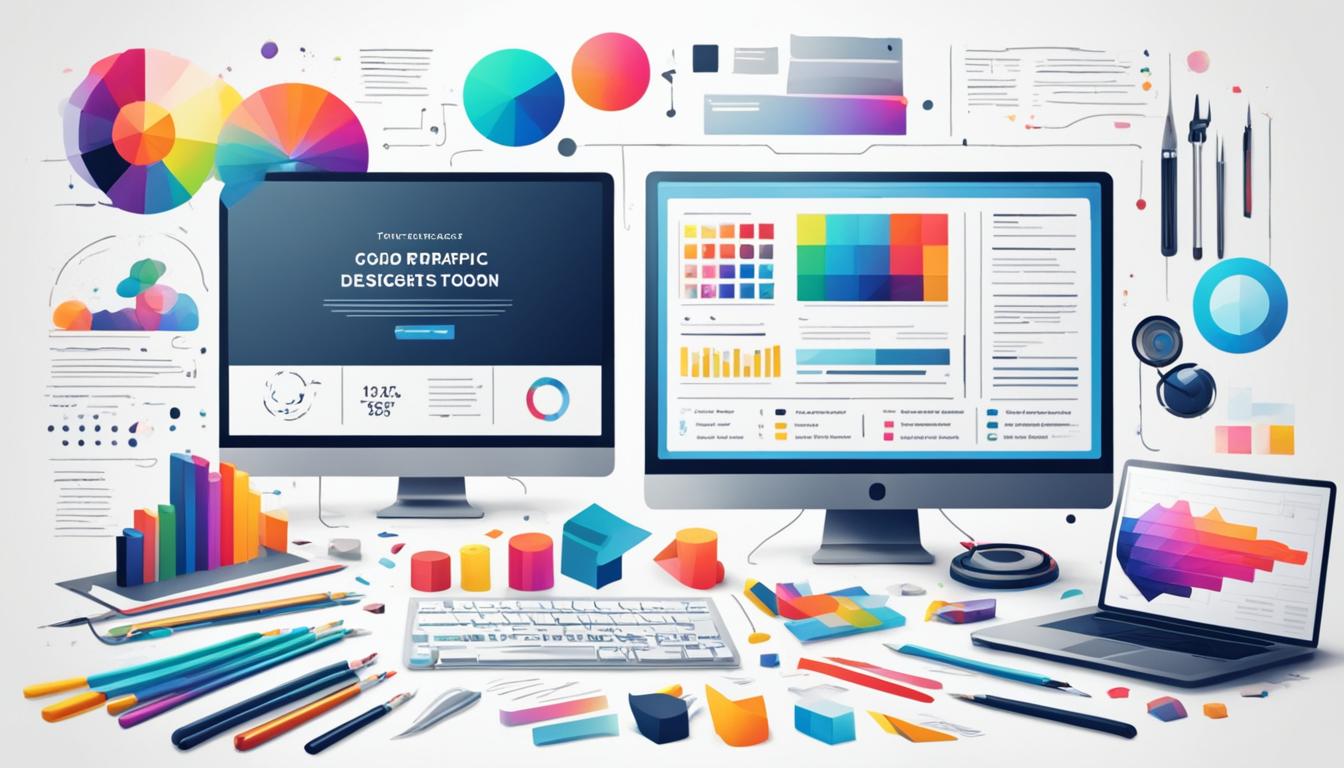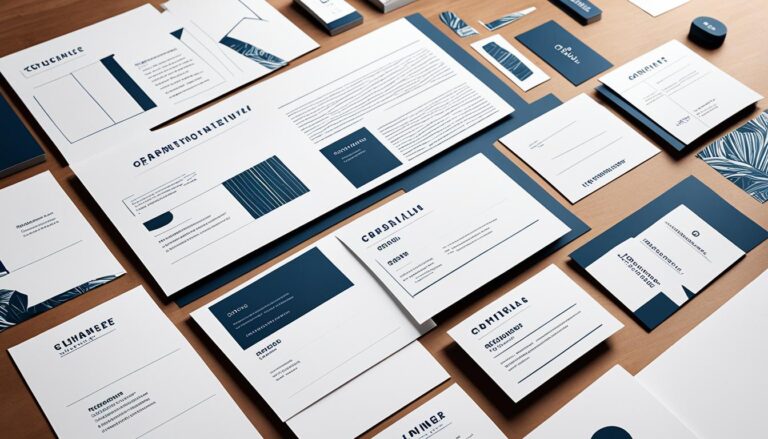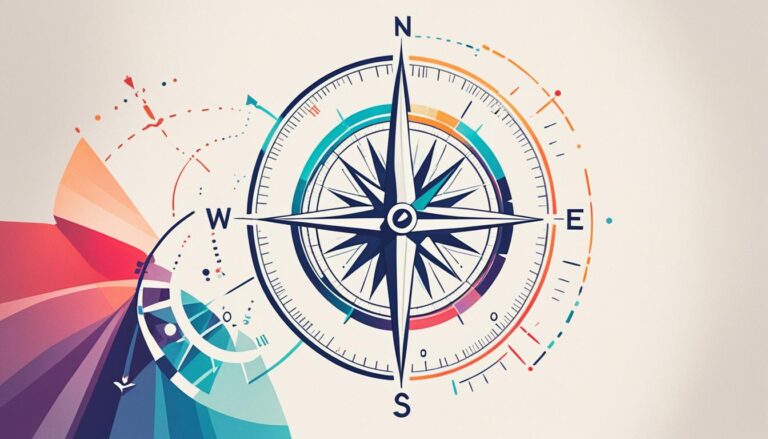Beginner’s Guide to Graphic Design Mastery
If you’ve ever been captivated by the world of graphic design and want to learn how to create visually stunning content, then this beginner’s guide is for you. In this comprehensive guide, we will delve into the graphic design basics, explore essential design principles, introduce design software and techniques, uncover sources of inspiration, provide tips for portfolio building, and share valuable insights for success in the field of graphic design.
Graphic design is a dynamic and exciting field that involves creating visual content for various applications, ranging from advertisements and branding materials to website designs and social media graphics. To embark on a journey to master graphic design, it is crucial to start with a solid foundation of design principles.
Understanding design principles such as color theory, typography, and layout is essential for creating impactful designs that communicate effectively. Color theory enables you to evoke specific emotions and convey messages through carefully selected color palettes, while typography plays a crucial role in enhancing readability and visual appeal. Building well-structured layouts ensures your designs deliver information clearly and cohesively.
Equally important in your graphic design journey is gaining proficiency in design software. Tools like Adobe Creative Suite, which includes popular software such as Photoshop, Illustrator, and InDesign, empower you to bring your creative ideas to life. Familiarize yourself with both vector and raster graphics to choose the appropriate format for your designs.
As you progress in your graphic design journey, seeking inspiration from other designers can spark creativity and expand your knowledge. Explore design blogs, follow influential designers on social media platforms like Instagram and Pinterest, and consider enrolling in online courses to gain valuable insights and learn new techniques.
Building a strong portfolio is essential for showcasing your skills and attracting potential clients or employers. Engage in freelance work, embark on personal projects, and participate in design competitions to gain valuable experience and demonstrate your creativity and expertise.
In this guide, you will find a wealth of graphic design tips and resources to help you on your journey to mastery. Whether you are an aspiring designer or looking to enhance your skills, this comprehensive guide will equip you with the knowledge and tools to excel in the exciting world of graphic design.
Understanding Design Principles
Design principles are the foundation of visual communication in graphic design. By understanding key design principles, you can create designs that effectively convey your intended message. Let’s explore the essential design principles that every graphic designer should know:
Color Theory
Color theory is a crucial aspect of graphic design, as it enables you to create designs that evoke specific emotions and convey meaning. Understanding the color wheel, color harmonies, and the psychology behind different colors can help you make informed choices when designing. It allows you to create visually appealing compositions that resonate with your audience.
Typography
Typography plays a vital role in enhancing the readability and visual appeal of your designs. Choosing the right fonts, pairing them harmoniously, and implementing proper hierarchy ensures that your text communicates effectively. Typography is not only about selecting fonts but also about understanding spacing, line heights, and other typographic elements that contribute to the overall design.
Layout
Creating a well-organized layout is essential to communicate your message clearly and effectively. It involves arranging elements such as text, images, and graphics in a balanced and visually pleasing manner. An appropriate layout helps guide the viewer’s eye and ensures that the information is presented in a logical and digestible way.
“Understanding design principles is crucial in graphic design. It provides a solid foundation for creating visually compelling and effective designs.” – Jessica Smith, Graphic Designer
By mastering design principles, including color theory, typography, and layout, you’ll be equipped with the knowledge and skills needed to create impactful and visually appealing graphic designs. These principles serve as guidelines to help you make informed design decisions and effectively communicate your message to your target audience.
Exploring Design Software and Techniques
Graphic design is a dynamic field that relies on the use of various design software to create visually stunning and meaningful designs. One of the most popular design software suites used by professionals is Adobe Creative Suite, which includes powerful programs like Photoshop, Illustrator, and InDesign.
Adobe Creative Suite offers a wide range of tools and features that allow designers to bring their creative visions to life. Photoshop is ideal for editing and manipulating images, while Illustrator is perfect for creating vector graphics, which can be scaled without losing quality. InDesign, on the other hand, is commonly used for designing layouts and multi-page documents such as brochures, magazines, and books.
Understanding the difference between vector and raster graphics is essential in graphic design. Vector graphics are created using mathematical equations, which allows them to be scaled to any size without losing clarity. They are perfect for creating logos, icons, and illustrations. Raster graphics, on the other hand, are made up of individual pixels and are best suited for photographs and detailed images.
When designing, it is important to consider the principles of design to create visually appealing and cohesive compositions. Design elements such as shapes, lines, textures, and colors can be strategically used to enhance the overall aesthetic of a design. Design principles such as balance, contrast, proportion, and hierarchy help create harmonious and visually pleasing compositions.
Here is a breakdown of some key design software and techniques:
Adobe Photoshop
Adobe Photoshop is a versatile design software that is widely used for editing and manipulating images. It allows designers to enhance images, adjust colors, remove unwanted elements, and create unique visual effects. Photoshop is an essential tool for photographers, digital artists, and graphic designers.
Adobe Illustrator
Adobe Illustrator is a powerful software used for creating vector graphics. It provides a wide range of drawing tools and features that allow designers to create precise and scalable artwork. Illustrator is commonly used to create logos, icons, illustrations, and typography.
Adobe InDesign
Adobe InDesign is a layout and publishing software that is commonly used in graphic design. It is ideal for creating multi-page documents such as brochures, magazines, and books. InDesign offers a variety of layout tools, typography options, and seamless integration with other Adobe software.
Understanding how to use design software effectively and utilizing design elements and principles can make a significant difference in the impact of your designs. By exploring these tools and techniques, you can unlock your creativity and create visually captivating designs that leave a lasting impression on your audience.
Finding Inspiration and Resources
As a beginner in graphic design, it’s important to learn from other designers and find inspiration for your work.
Design blogs, websites, and social media platforms like Instagram and Pinterest are excellent resources for finding design inspiration and connecting with other designers. These platforms showcase a wide range of design styles, techniques, and trends that can spark your creativity and help you stay updated with the latest industry developments.
One popular design blog that you should definitely check out is Smashing Magazine. They regularly publish articles, tutorials, and case studies on various design topics, providing valuable insights and inspiration for designers at all levels.
Social media platforms like Instagram and Pinterest allow you to follow and engage with designers whose work you admire. You can explore their portfolios, see what they’re currently working on, and even connect with them to learn from their experiences.
There are also numerous online courses and tutorials available that can help you learn new techniques and improve your design skills. Platforms like Skillshare and Udemy offer a wide range of graphic design courses taught by industry professionals. These courses cover topics such as typography, color theory, branding, and more, providing you with the knowledge and skills necessary to excel in graphic design.
Design Inspiration on Instagram
Instagram is a great platform to find design inspiration. Many designers and design agencies use Instagram to showcase their work and share insights into their creative process. By following relevant hashtags such as #graphicdesign, #designinspiration, and #creativity, you can discover a wealth of design ideas and trends.
Here are a few popular Instagram accounts that share inspiring graphic design work:
- @dribbble: Dribbble is an online community where designers share their work. Their Instagram account features a curated selection of exceptional designs from their platform.
- @behance: Behance is another platform where designers can showcase their work. Their Instagram account highlights the best projects and portfolios from their community.
- @logodesignerz: If you’re specifically interested in logo design, this account features a collection of stunning logo designs from talented designers.
Remember, finding inspiration is not about copying someone else’s work but rather learning from their techniques, styles, and approaches to design. Use the inspiration you gather to fuel your own creativity and develop your unique design style.
Overall, by actively exploring design blogs, engaging with other designers on social media, and taking advantage of online courses, you can find ample inspiration and resources to enhance your graphic design journey.
Building Your Portfolio and Gaining Experience
In order to establish yourself as a successful graphic designer, it is crucial to not only have the necessary skills but also a strong portfolio that showcases your work. Your portfolio serves as a visual representation of your abilities and is a key tool in attracting clients and employers. Here are some effective strategies to help you build your portfolio and gain valuable experience:
1. Freelance Work
One of the best ways to gain real-world experience and demonstrate your skills is by taking on freelance projects. Freelancing allows you to work on different types of design projects, collaborate with clients, and build a diverse portfolio. Websites like Upwork, Fiverr, and Freelancer are great platforms to find freelance opportunities.
2. Personal Projects
Creating personal design projects can be a great way to showcase your creativity and experiment with different styles and techniques. This not only allows you to work on projects that truly inspire you but also adds depth to your portfolio. Consider setting aside dedicated time each week to work on personal design projects.
3. Design Competitions
Participating in design competitions can provide exposure and recognition for your work. Look for design competitions that align with your interests and skills, and submit your best work for consideration. Winning or even being recognized in a design competition can significantly enhance your credibility as a graphic designer.
Remember, it’s not only about the quantity of work in your portfolio but also the quality. Select your best pieces that showcase your skills, creativity, and ability to meet client briefs effectively.
To further enhance your portfolio, consider organizing your work into specific sections or categories. This can help potential clients or employers easily navigate through your portfolio and assess your skills in the areas they are interested in. You can categorize your work based on the types of projects, industries, or design styles.
Investing time and effort into building your portfolio is crucial for success in the graphic design industry. Whether it’s through freelancing, personal projects, or design competitions, each opportunity allows you to improve your skills, gain experience, and showcase your unique style.
By strategically building your portfolio and gaining diverse experience, you can position yourself as a talented and versatile graphic designer, increasing your chances of attracting clients and securing exciting design opportunities.
| Benefits of Building a Strong Portfolio |
|---|
| 1. Attracts potential clients and employers |
| 2. Showcases your skills and style |
| 3. Demonstrates your ability to meet client briefs |
| 4. Enhances your credibility and professionalism |
Conclusion
Graphic design is an exciting and dynamic field that offers endless possibilities for beginners. By mastering the basics of design principles, such as color theory, typography, and layout, beginners can lay a solid foundation for their graphic design journey.
Alongside design skills, learning and becoming proficient in design software like Adobe Creative Suite is essential. This enables beginners to bring their creative ideas to life and produce professional-quality designs.
Seeking inspiration from other designers and continuously practicing are equally important. By exposing themselves to design blogs, online courses, and social media platforms, beginners can discover new techniques, stay updated with trends, and expand their creative horizons.
Lastly, building a portfolio and gaining practical experience through freelance work, personal projects, and design competitions allows beginners to showcase their skills and attract potential clients or employers. Remember, success in graphic design comes from dedication, perseverance, and a willingness to learn and grow.
FAQ
What are the basics of graphic design?
The basics of graphic design include understanding design principles such as color theory, typography, and layout.
What design software should I learn for graphic design?
Design software like Adobe Creative Suite, which includes Photoshop, Illustrator, and InDesign, is commonly used in graphic design.
What is the difference between vector and raster graphics?
Vector graphics are made up of mathematical equations and can be scaled without losing quality, while raster graphics are made up of pixels and can lose quality when scaled.
Where can I find inspiration for my graphic design work?
Design blogs, social media platforms like Instagram and Pinterest, and online courses are excellent resources for finding design inspiration.
How can I build a strong portfolio and gain experience in graphic design?
Building a portfolio and gaining experience can be done through freelance work, personal projects, and entering design competitions.
